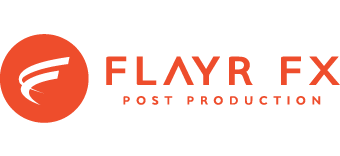Motion graphics, with their dynamic and engaging visual elements, have become an integral part of digital storytelling. Behind every captivating motion graphic lies a meticulous planning process, and at the heart of this process is storyboarding. In this article, we’ll delve into the significance of storyboarding in motion graphic projects and explore how it acts as a guiding force for designers to create compelling narratives.
Storyboarding is used in many areas from film to theatre, animatics and interactive media however for the purpose of this article we will concentrate on it’s use in motion graphic design.
Understanding Storyboarding:
Storyboarding is the process of sketching or illustrating a sequence of images that represent the key frames or scenes in a motion graphic project. It serves as a visual blueprint, outlining the flow of the animation, transitions, and the overall composition. Think of it as a roadmap that ensures a clear and cohesive story is communicated through the motion graphics.
Streamlining the Creative Process:
Visualisation of Ideas:
Storyboarding allows designers to translate abstract concepts into tangible visuals. It provides a platform to brainstorm and experiment with different ideas, ensuring that the creative vision aligns with the project’s objectives.
Structuring the Narrative:
By breaking down the narrative into individual frames, storyboarding helps in structuring the storyline. Designers can carefully plan the sequence of events, ensuring a logical and engaging progression that resonates with the audience.
Enhancing Communication:
Collaboration and Feedback:
Storyboards act as a communication tool within the creative team. Designers, animators, and clients can collaborate effectively by visualizing and discussing the intended animation sequence. Feedback can be provided early in the process, preventing misunderstandings later on.
Client Understanding:
For client-based projects, storyboarding becomes an invaluable tool for conveying ideas. Clients can grasp the concept and flow of the animation more easily through visual representation, leading to a smoother approval process.
Time and Resource Management:
Efficient Workflow:
Having a well-defined storyboard streamlines the production process. Designers can focus on executing the animation rather than making decisions on the fly. This efficiency is particularly crucial in meeting deadlines and delivering high-quality work.
Resource Allocation:
Storyboarding aids in identifying the resources required for the project accurately. From the number of frames needed to the complexity of animations, designers can plan and allocate resources efficiently, preventing unnecessary delays or rework.
Motion Designers will use storyboarding with all these points in mind and plan the final sequence working out any timing issues, camera positions, animation intricacies and keyframes. The storyboard can be roughly sketched or very detailed depending on the requirments and how complex the final motion graphic wil be.
Conclusion:
In the dynamic world of motion graphic design, where every second counts, storyboarding emerges as a linchpin for success. It not only nurtures creativity but also ensures a smooth and effective workflow. From conceptualisation to execution, a well-crafted storyboard sets the stage for a visually compelling narrative, making it an indispensable tool in the arsenal of motion graphic designers.




Leave a Reply
Want to join the discussion?Feel free to contribute!